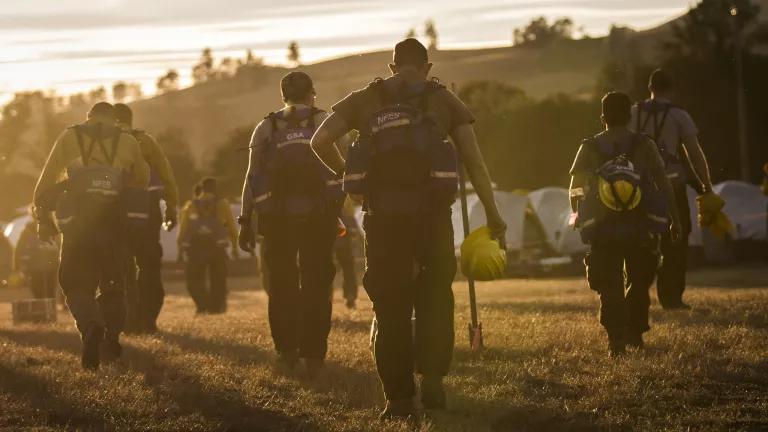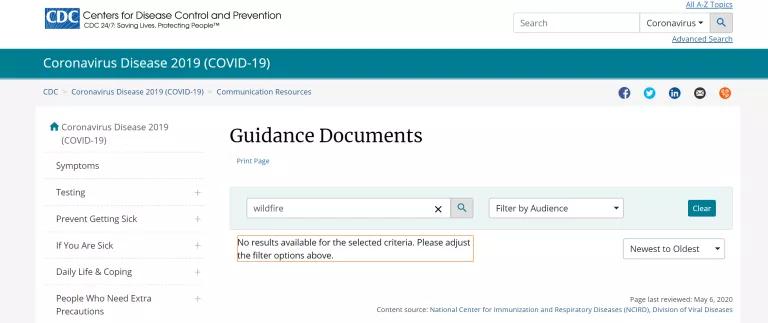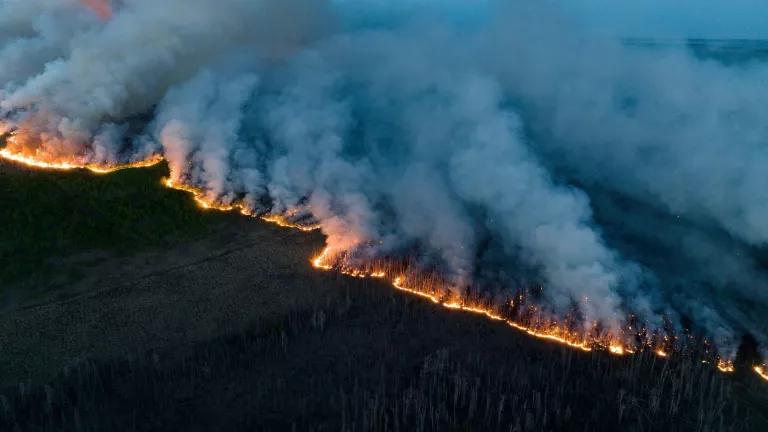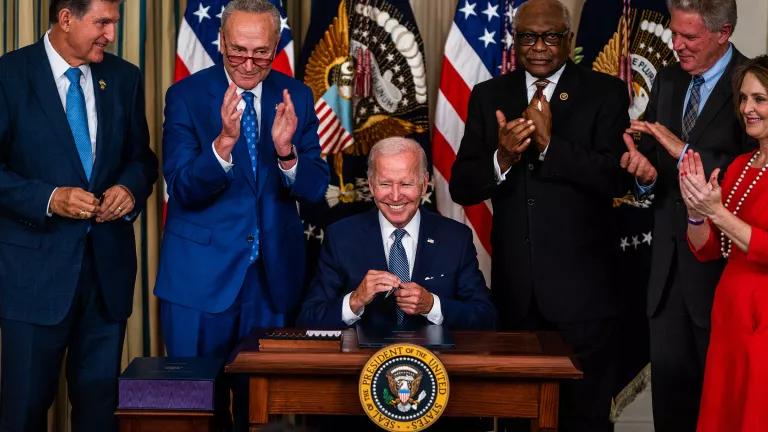New CDC Guidance on COVID-19 and Climate-Fueled Disasters

Learn more about NRDC’s response to COVID-19.
Climate-fueled disasters such as hurricanes are devastating enough on their own. What happens when they collide with a global pandemic and a national economic meltdown?
Unfortunately, we may soon find out.
In just the last two days, Tropical Storm Arthur’s brush with the Outer Banks, wildfire evacuations near Phoenix, and warnings of near-record heat in Houston have provided the latest hints that the United States could be in for a rough summer.
One vital role of the U.S. Centers for Disease Control and Prevention (CDC) in times like these is to provide consistent and clear public health guidance to decision makers and the public. Although the White House hasn’t exactly made the agency’s job easy, the CDC has still been developing advice for the intersection of COVID-19 and extreme weather.
So far, the CDC has issued guidance for emergency managers and public health officials on operating clean air shelters during wildfires, disaster shelters for the general population (i.e., not for people with disabilities or special medical needs), and cooling shelters during heat waves. The agency also has detailed guidance for wildland firefighting crews and more general information for the public on hurricane planning.
As you might imagine, all the guidance documents stress physical distancing, screening for COVID-19, isolating people with symptoms, proper hygiene and sanitation, on-site communication about infection control, and flexible staffing plans.
A couple of the more impressive elements are recommendations to:
- Provide utility assistance to vulnerable communities—including moratoria on shut-offs—to reduce the number of people needing shelter from heat and wildfire smoke.
- Plan for additional mental health personnel at disaster shelters. That’s important anyway during disasters, but is especially crucial now given the “shadow pandemic” of mental health problems associated with COVID-19.
Now for some of the improvements needed:
- All the guidance documents need to be in one place. The CDC has a landing page for all its COVID-19 guidance documents … except not all the guidance is there (see screenshot below).

- Staff and volunteers need better protections. The guidance for protecting shelter staff and volunteers from COVID-19 is inconsistent across documents. For example, the disaster shelter guidance recommends physical barriers or protective equipment for people who are screening incoming community members; the clean air and cooling center documents do not. (This kind of inconsistency is part of why NRDC has joined others in calling for the Occupational Safety and Health Administration to issue an Emergency Temporary Standard for COVID-19.)
- People with COVID-19 should be isolated, not turned away. That might seem obvious, but some local officials have already announced that people with symptoms will be barred from storm shelters. The CDC disaster shelter guidance is explicit about giving everyone shelter; the other guidance documents should be too.
The collision of COVID-19, extreme weather, and economic hardship is unlike anything disaster planners and responders have dealt with before. The hazards and outcomes also won’t look the same from place to place. Although the CDC can’t be everywhere at once to provide personalized assistance, the agency can and should continue to strengthen and centralize its public health guidance to decision makers at all levels.
Lives depend on it.




